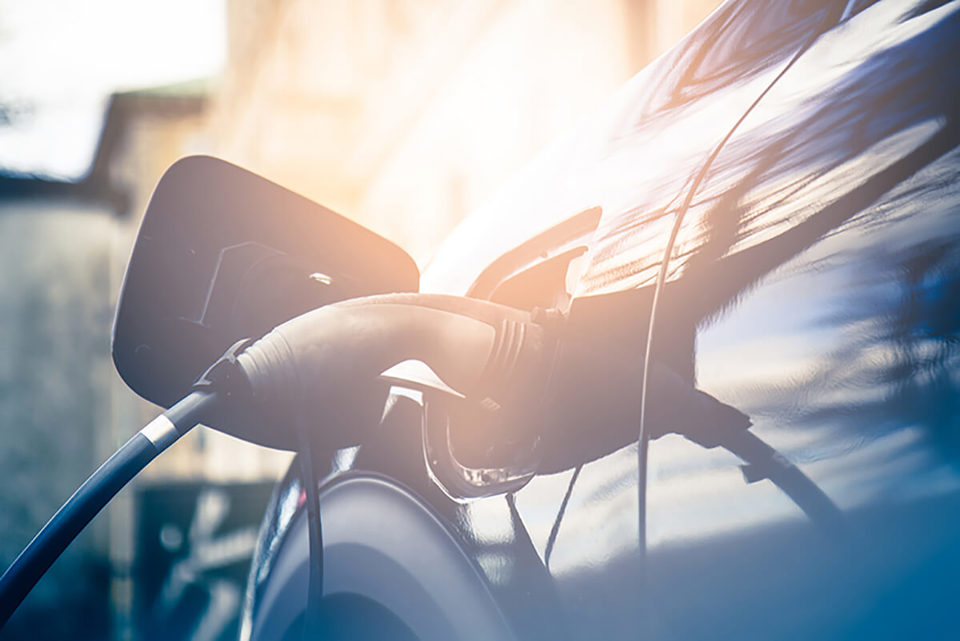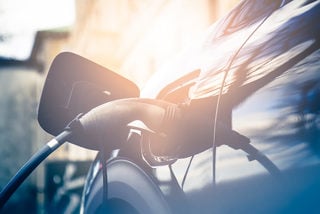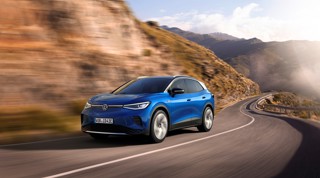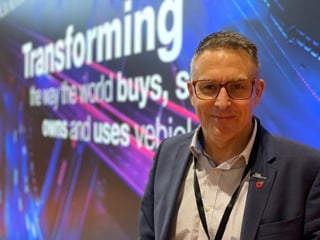Ofgem is considering introducing new rules, which would allow power companies to switch of electric vehicle (EV) home-chargers during times of high demand.
The measure, which official papers suggest would be implemented as a “last resort”, was discussed at a working group meeting hosted by the Distribution Connection and Use of System Agreement (DCUSA), last month (August 24).
It was attended by Ofgem and representatives from the major energy providers, including EDF Energy, SSE, British Gas and Northern Power Grid.
The Distribution Connection and Use of System Agreement (DCUSA) was established in October 2006 as a multi-party contract between the licensed electricity distributors, suppliers and generators of Great Britain.
A DCUSA report, quoted by Auto Express, argues that, because the electricity network was not designed to accommodate the “significant additional demand” expected from the likes of EV chargers, allowing distributors the “control of consumer devices (such as electric vehicles) connected to smart meter infrastructure” should be allowed, though only as a “last resort, emergency measure”.
A consultation is likely to be released next month (October) to seek industry views and a decision is expected next year.
By 2050, up to 45% of households will actively provide vehicle to grid (V2G) services, according to National Grid Electricity System Operator (ESO)’s Future Energy Scenarios.
The rapid growth in the numbers of EVs will mean more demand on local electricity networks if EVs are all plugged in at the same time, such as during the peak between 5pm and 7pm in the evening.
Smart charging, or ‘V1G’, which allows management of the time when EV charging occurs - as trialled by the original Electric Nation project - will help to avoid this situation.
However, V2G charging will be more effective than smart charging. This is due to the ability to link EVs together and put significant levels of energy back into the grid at peak times, like a huge decentralised power station. V2G therefore aims to help reduce the grid’s need for additional energy generation, typically supplied by fossil fuels at peak times, as well as reducing demand on electricity networks, and allowing EV drivers to use greener and cheaper electricity.

























Sage & Onion - 28/09/2020 13:00
V2G does offer a sensible solution to balance power demand and use previously stored energy but what protections will drivers have against waking up to a part charged battery that is insufficient for their next day's journey plan? There would need to be significantly more en-route chargers or "service stations" to compensate for this risk.